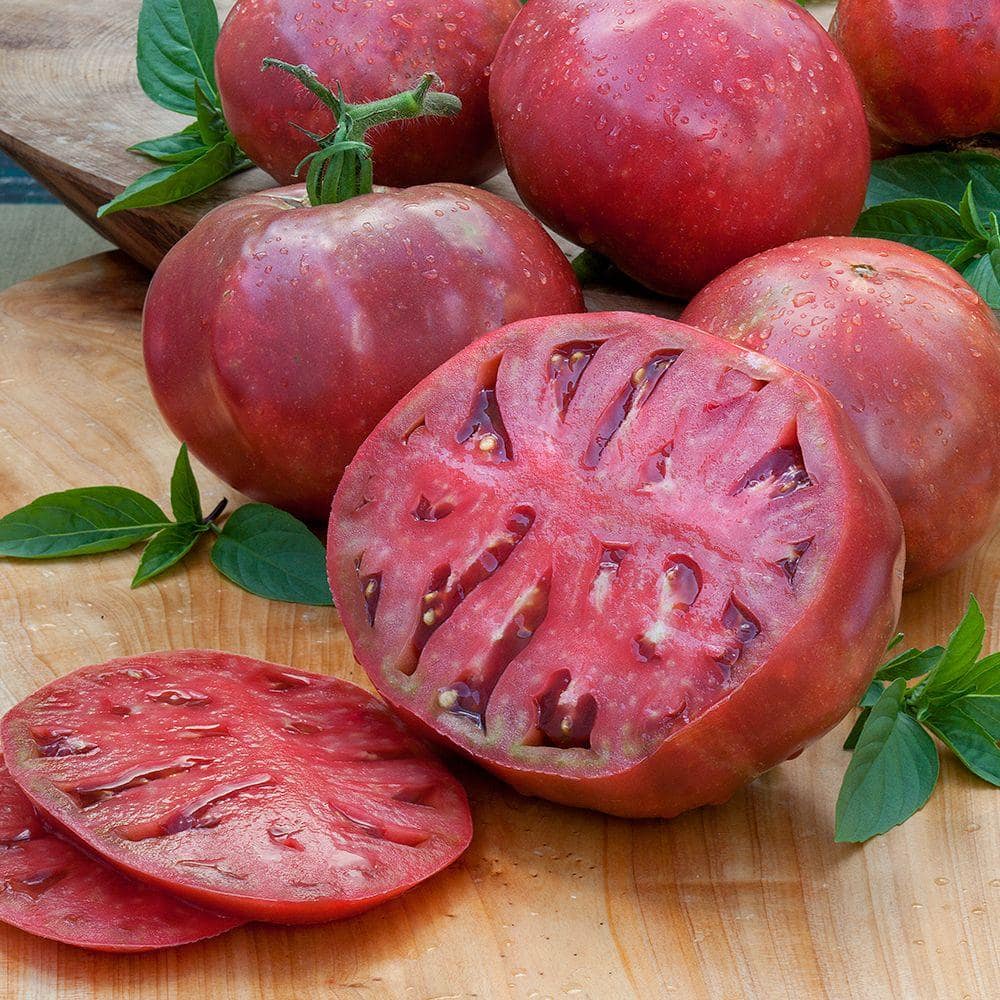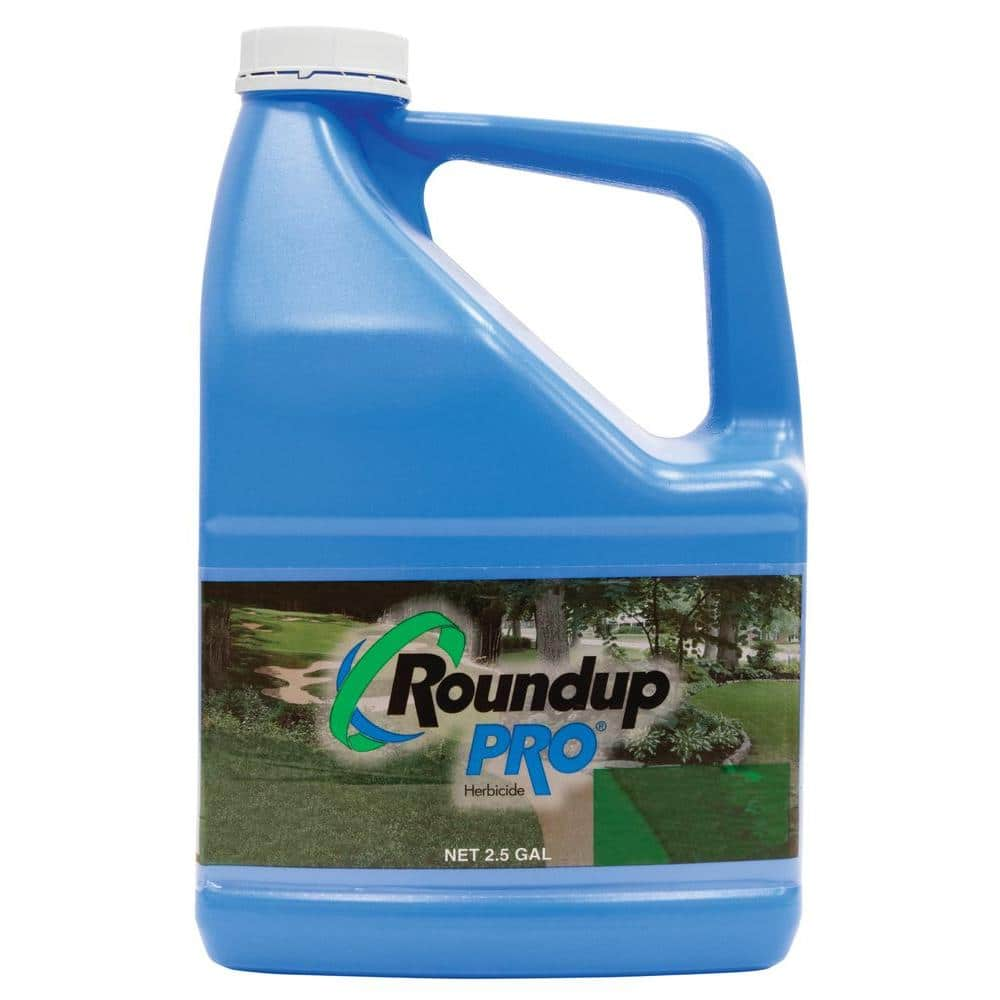Get to Know These Scary Plants
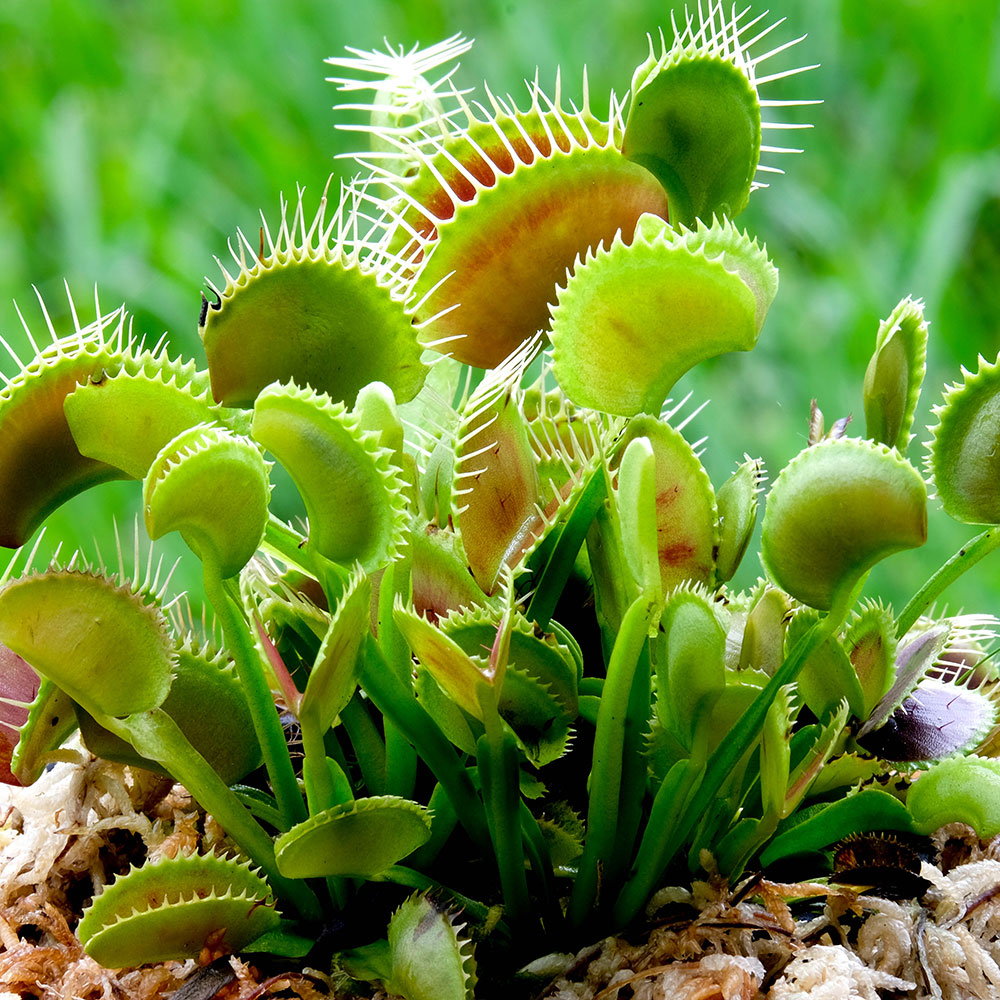
Last updated September 7, 2023
It’s not always a bed of roses in the garden. Sometimes, plants can be downright scary to look at or have scary names. A tour of the Garden Center can reveal plants with names like dragon wing begonias, ‘Ghost chili’ peppers, and ‘Mystic’ dahlias with their almost-black foliage. You may see carnivorous plants like the Venus fly trap (shown above) and pitcher plants that speak to our desire for edgier flora.
Most “scary plants” are benign, at least to humans, but some plants in your garden can be dangerous if ingested. Some plants, like poison ivy, can trigger allergic reactions if you brush up against them. Take time to learn the scary plants you may have lurking in your garden so you’re better prepared to tackle them in a safe and effective way.
Table of Contents
Know What You Grow
More Dangerous Plants
How to Identify Poison Ivy
How to Identify Poison Oak
Control Invasive Plants and Pests
Know What You Grow
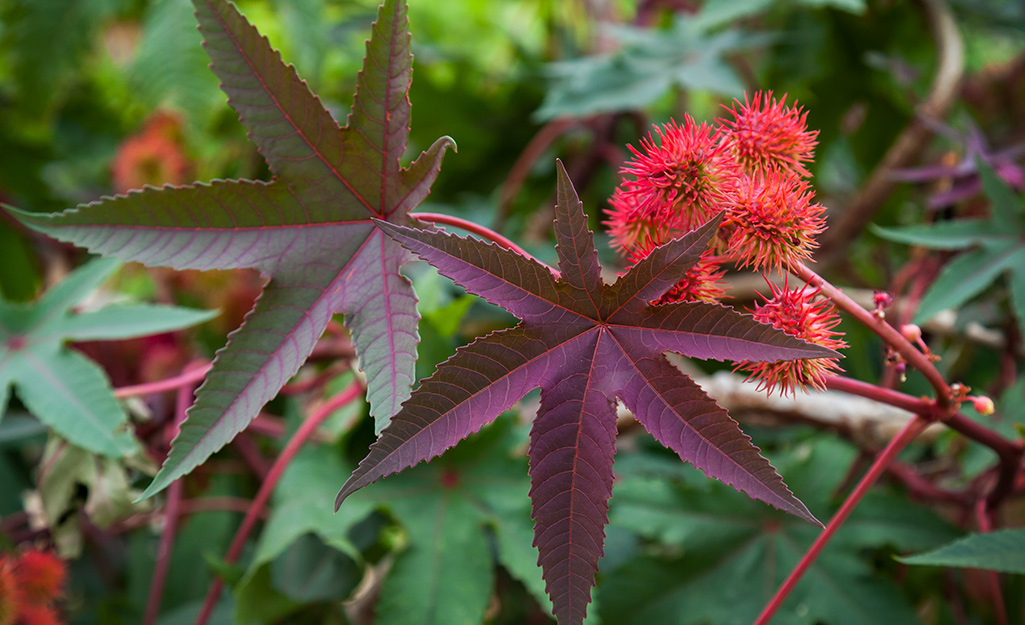
The mantra “know what you grow” is good advice for homeowners and gardeners. When you inherit a garden and may not know all the plants, research in books or online to determine what you have and how to maintain them in a safe way.
Many scary plants are uncommon, like the castor bean plant (shown above). It’s an attractive ornamental with dramatic red foliage and seeds that contain the poison ricin. Gardeners are warned to keep children and animals away from this plant and to never let it set seed.
Gardens are the way we teach children about the natural world. One of the most important lessons to convey is to never eat strange things. Of course, this is difficult with very young children who put everything in their mouths; for that reason, know your garden audience, and be wary of planting these types of scary plants in your garden.
More Dangerous Plants

The Chinese lantern plant above is beautiful (and invasive), and can make you sick if the seeds are ingested. Euphorbia is a large class of ornamental plants that contain a sticky sap that can irritate your skin. The popular shrub oleander is part of this class. Other common plants that can be toxic include lobelia and poppies.
Tip: If you suspect that a person or pet has consumed a toxic plant, call the Poison Control Center at (800) 222-1222 immediately.
How to Identify Poison Ivy
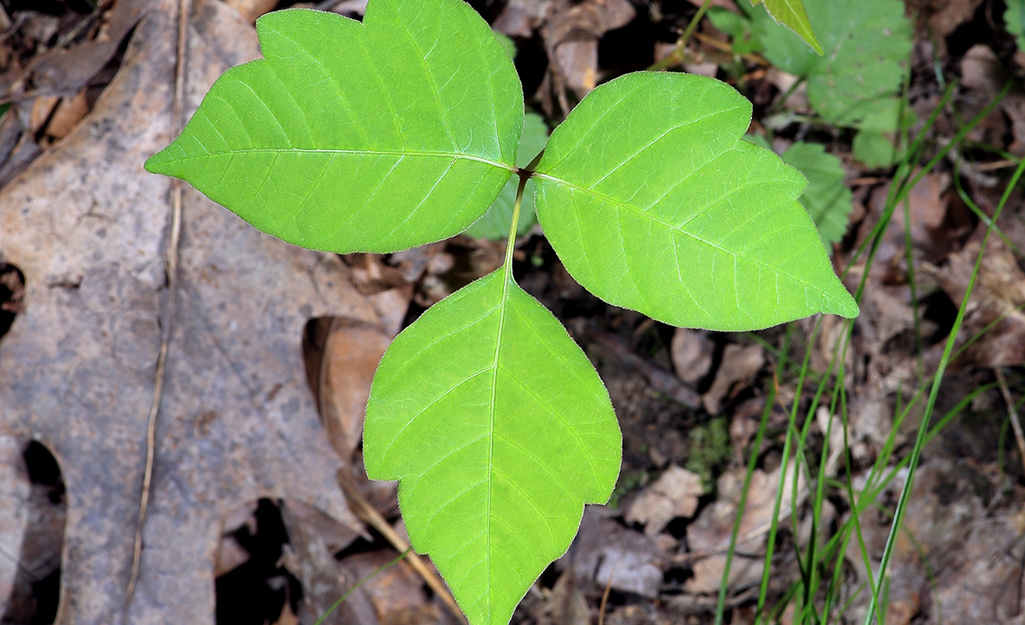
A more common scary plant is poison ivy, and its itchy counterpart, poison oak.
Identify poison ivy and poison oak by the memorable adage “leaves of three, let it be.” Poison ivy is found in wooded areas. You can come into contact with it while exploring the outdoors, or when clearing brush around your home. All parts of the plant contain urushiol, an oily compound that can cause an itchy reaction when you come into contact with it.
Sensitivity to urushiol varies, but if you’re sensitive to it, the itchy rash can be unbearable. Poison ivy plants are spread by birds and deer that ingest the plant (animals are not allergic) and drop the seeds. In shade, poison ivy behaves more like a vine, twisting its hairy ropes into trees. In sun, poison ivy grows into a shrub form. Poison ivy is distinguished by compound leaves, meaning each leaf is composed of three leaflets. The middle leaflet will have a longer stem than the two side leaflets, and the two side leaflets are always opposite each other.
How to Identify Poison Oak
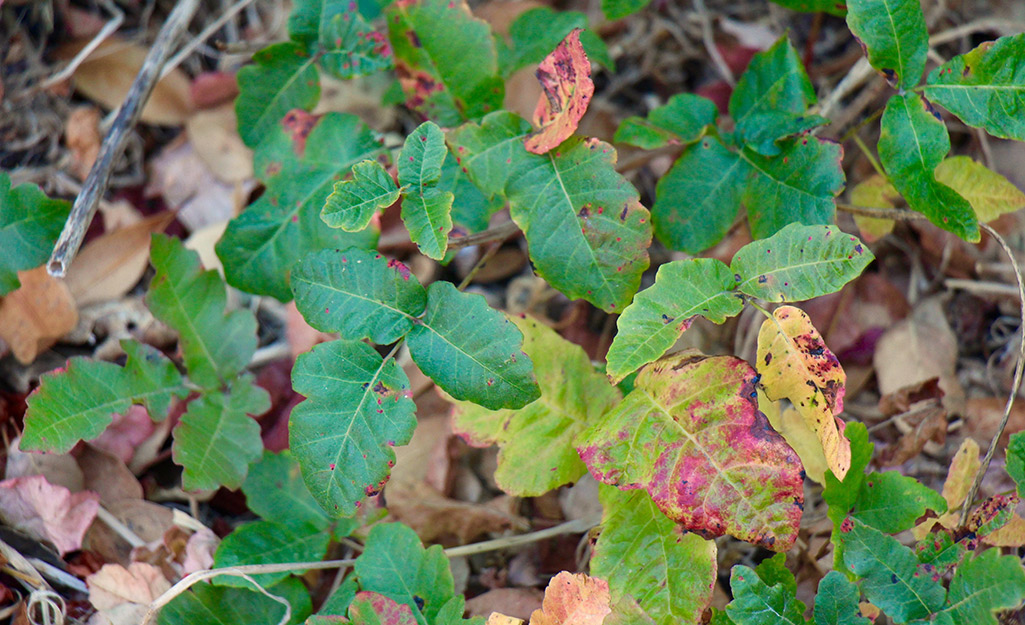
Poison oak is a shrub that grows in full sun. It is not as common as poison ivy, and while it usually has leaves of three, its compound leaves can have five leaflets. Additionally, the leaflets are lobed, like oak tree leaves, and the leaves and stems are coated with fine hair.
Avoid poison ivy and poison oak exposure by being proactive when you’re in heavy woods and by wearing protective clothing, including gardening gloves. Remember, animal fur, tools, clothes and shoes can transfer urushiol to your skin.
Control Invasive Plants and Pests
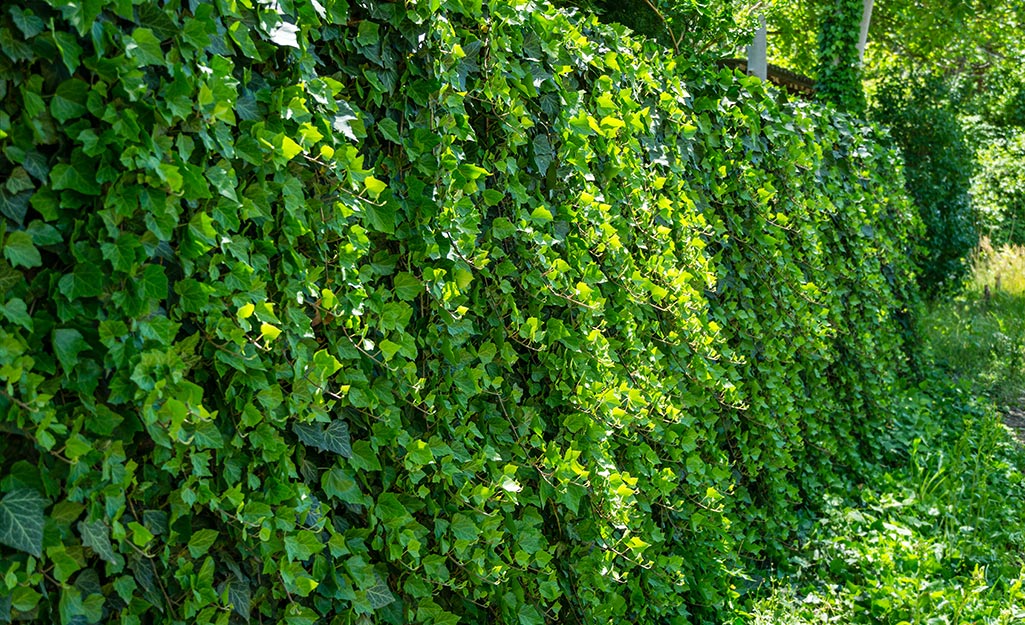
Sometimes plants can be scary because of the company they attract. English ivy, for example, is an effective ground cover, but it spreads so aggressively that it becomes a habitat for snakes and rodents.
While green snakes and garden snakes keep down slug populations and, in general, benefit your garden, poisonous snakes like copperheads and rattlesnakes don’t belong in the home landscape. Rats can carry pathogens and you don't want them in your landscape, either. Keep ground cover clear to discourage a habitat for rodents and snakes, and if needed, seek controls for venomous snakes and rats.
Play it safe by identifying plants wherever you go. Many plants may look scary, but are harmless to humans. Find everything you need to grow unique plants, including planters, soil and watering cans. The Home Depot delivers online orders when and where you need them.



